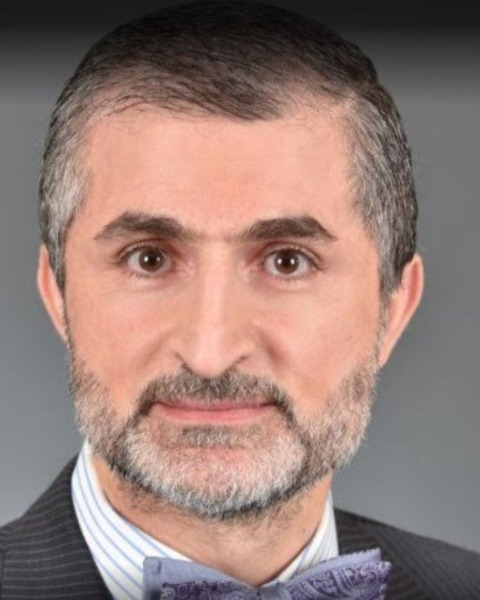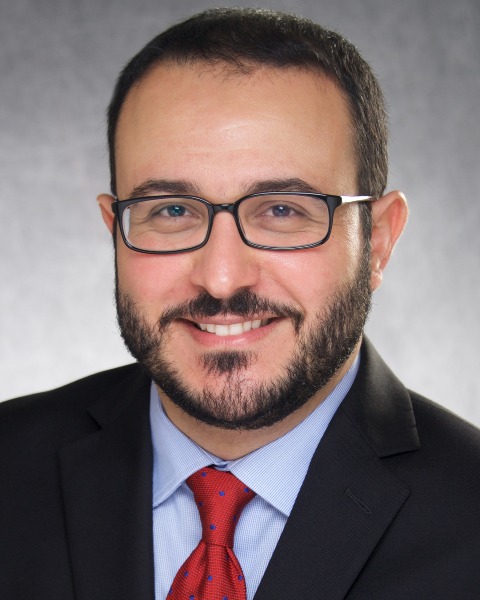SIR 2025
Venous Interventions
Traditional Poster
131 - Safety and Efficacy of Hepatic Vein Angioplasty Post Pediatric Liver Transplantation

Usama Anwar, MBBS (he/him/his)
Research Fellow
Boston Children's Hospital, Department of Interventional Radiology, United States- TK
Tammy Kim, MD
Clinical Fellow
Boston Children's Hospital, Department of Interventional Radiology, United States - GC
Gulraiz Chaudry, MD
Pediatric Interventional Radiologist
Boston Children's Hospital, United States 
Raja Shaikh, MBBS
Pediatric Interventional Radiologist
Boston Children's Hospital, United States- HP
Horacio M. Padua, Jr., MD
Pediatric Interventional Radiologist
Children's Hospital Boston, United States 
Ahmad Alomari, MD
Pediatric Interventional Radiologist
Boston Children's Hospital, United States.jpg)
Kyung Rae Kim, MD (he/him/his)
Pediatric Interventional Radiologist
Boston Children's Hospital, Radiology, United States
Mohammad Amarneh, MD
Pediatric Interventional Radiologist
Boston Children's Hospital, United States
Poster Presenter(s)
Author/Co-author(s)
To determine the efficacy and safety of hepatic vein angioplasty in a clinical post-liver transplant pediatric population
Materials and Methods:
The clinical data and imaging of pediatric liver transplant patients who underwent hepatic venous outflow angioplasty between 2011 and 2022 were analyzed. Technical success was defined as gradient across hepatic outflow stenosis less than 5 mmHg. In cases without pressure measurements, this was defined by pre-and post-angioplasty percent stenosis as measured from venography images. Clinical success was defined as improvement or resolution of indication for intervention con follow-up imaging or laboratory results. Statistical analysis was performed using paired t-test. Post-procedural complications were also analyzed.
Results:
27 procedures were performed on 10 patients (5 male, mean age of 13.0, range [14 months, 24 years]). Indications included ascites (77.8%), laboratory abnormalities (i.e. hypoalbuminemia or hyperbilirubinemia, 29.6%), or imaging findings of stenosis (22.2%).
Pre- and post-angioplasty measurements were present in 17 cases. Mean pre-angioplasty gradient was 7.4 mmHg and mean post-angioplasty gradient was 3.3 mmHg, with a mean difference of 4.2 mmHg (p=0.0007). In the remaining nine cases without pressure measurements, the mean pre-angioplasty stenosis was 61.4%, which decreased to a mean 28.7% post-angioplasty, for a mean difference of 32.7% (p=0.0001). Technical success rate was 92.6%. Clinical success was present in 74.3% of cases. Two post-procedural complications were recorded (7.0%) – one case of bacterial peritonitis and one case of self-resolved bleeding at access site.
Conclusion:
Hepatic vein angioplasty is a safe and efficacious treatment method of post-transplant hepatic vein stenosis in a pediatric population. While post-transplant percutaneous vascular interventions are well-documented in adults, more research is needed in the pediatric demographic. This treatment is particularly pertinent for children, who are more susceptible to vascular complications due to size mismatches from split liver transplants. Moreover, stent placement is typically avoided in pediatric patients to prevent complications in future surgeries or procedures.


.jpg)